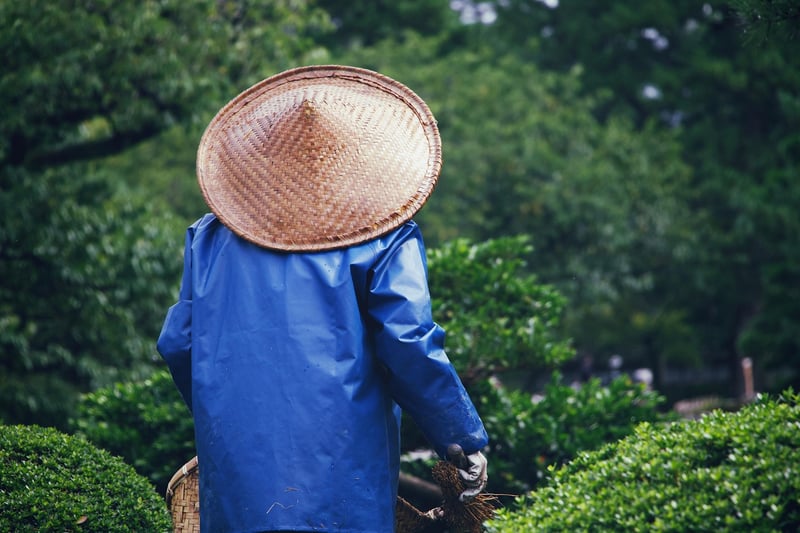Pruning
Keep Your Garden Flourishing with Proper Pruning Techniques

Having a lush and thriving garden requires more than just watering and fertilizing. Proper pruning is an essential task that helps maintain the health and beauty of your plants. Whether you're a seasoned gardener or just starting, mastering the art of pruning can elevate your gardening game to the next level. Here are some tips to keep your garden flourishing through effective pruning techniques.
1. Understand the Basics
Before you start pruning, it's crucial to understand the basic principles. Learn about the specific pruning requirements of each plant species in your garden. Some plants need regular pruning to stimulate growth, while others require minimal maintenance. Additionally, familiarize yourself with the different types of pruning cuts, such as thinning, heading, and shaping.
2. Invest in Quality Tools
Having the right tools can make a significant difference in the outcome of your pruning efforts. Invest in high-quality pruning shears, loppers, and saws to ensure clean cuts without damaging the plant. Sharp tools not only make the job easier but also promote faster healing for the pruned branches.
3. Timing is Key
Timing plays a crucial role in successful pruning. While dead or diseased branches can be pruned at any time of the year, it's essential to research the best time to prune specific plant species. For most plants, early spring before new growth appears is an ideal time for pruning. Avoid pruning during periods of active growth, as it can stress the plant.
4. Practice Proper Techniques
When pruning, always make clean cuts at a slight angle just above a bud or branch collar. Avoid leaving stubs or cutting too close to the bud, as this can hinder healing and invite diseases. Remove any crossing or rubbing branches to improve air circulation and prevent structural issues in the future.
5. Monitor and Evaluate
Regularly monitor your plants after pruning to assess their response. Look for signs of new growth, improved flowering, and overall plant health. Evaluate the effectiveness of your pruning techniques and make adjustments as needed to achieve the desired shape and size for your plants.
By implementing these pruning techniques, you can ensure that your garden remains healthy, vibrant, and visually appealing throughout the year. Remember that pruning is both a science and an art, so don't be afraid to experiment and learn from your experiences to become a master pruner.
Happy pruning and may your garden continue to flourish!

